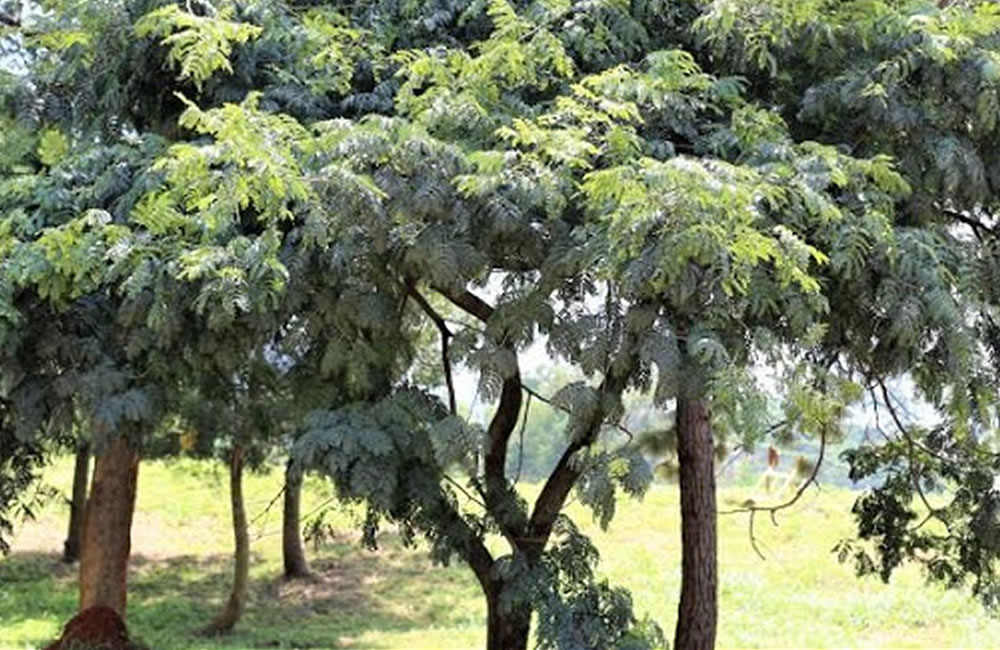When discussing verdant territories, encompassing rugged terrain and lush rainforests, Uganda occupies a prominent position. With emerald woodlands, dense thickets, and sporadic arboreal specimens, the landscape not only offers shelter to inhabitants but also serves as a refuge for wildlife, both indigenous and exotic. The trees play a pivotal role in enhancing the well-being of the community, providing not only shade but also sustenance and ecological balance for various flora and fauna.
Although I might not enumerate all the various tree varieties in Uganda, let’s focus on discussing the acacia tree, often observed in parks, especially within the Buganda region.
The early Baganda referred to the tree as the “Gasiya tree,” attributing diverse significance to it, as it played multifaceted roles within a Muganda household, carrying varied forms of information.
Acacia trees are fascinating and have several unique aspects, Acacia trees captivate with their unique features and serve multiple purposes, boasting various applications. Here are some interesting facts about Acacia trees in Uganda:
The trees play a vital role in the Ugandan ecosystem. They provide habitat and food for various animal species, including insects, birds, and mammals. Their presence helps maintain biodiversity and supports the overall health of the ecosystem.
Back in cultural effective, in Uganda, Acacia trees hold cultural significance. They are often used in traditional medicine and are considered sacred by some communities. Sick individuals were administered a solution made by extracting juices from Acacia tree leaves in water during traditional practices, resulting in noticeable improvements in their health basically skin diseases. Additionally, Acacia trees feature prominently in local folklore and storytelling.
Economically, Acacia trees offer economic benefits to communities in Uganda. They are a source of timber, fuel wood, and other non-timber forest products, which are used for construction, crafts, and cooking fuel. Additionally, some Acacia species produce gum Arabic, a valuable natural product used in various industries, including food, pharmaceuticals, and textiles.
Acacia trees are well-adapted to Uganda’s diverse landscapes and climate conditions. They can thrive in both dry and moist environments, from savannas to rainforests. Their ability to tolerate a wide range of conditions makes them resilient to environmental changes.
Wildlife Support: Acacia trees serve as important wildlife corridors in Uganda, providing connectivity between different habitats. They also act as a food source for many animals, with their leaves, flowers, and pods being consumed by herbivores such as elephants, giraffes, and antelopes.
Nitrogen Fixation: Acacia trees have a symbiotic relationship with nitrogen-fixing bacteria in their root nodules. This allows them to convert atmospheric nitrogen into a form that is accessible to other plants, enriching the soil and promoting ecosystem productivity.
Diversity: Uganda is home to several species of Acacia trees, each with its own unique characteristics and ecological roles. Some common species include Acacia tortilis, Acacia sieberiana, and Acacia senegal. These species exhibit variations in size, leaf shape, flower color, and ecological preferences.
Conservation Challenges: Despite their ecological and cultural importance, Acacia trees in Uganda face various threats, including habitat loss, deforestation, overgrazing, and invasive species. Conservation efforts are needed to protect and restore Acacia habitats and ensure the long-term sustainability of these valuable trees.
For centuries, understanding the unique features and importance of Acacia trees in Uganda is essential for conservation efforts and sustainable management of the country’s natural resources.

Leave a Reply